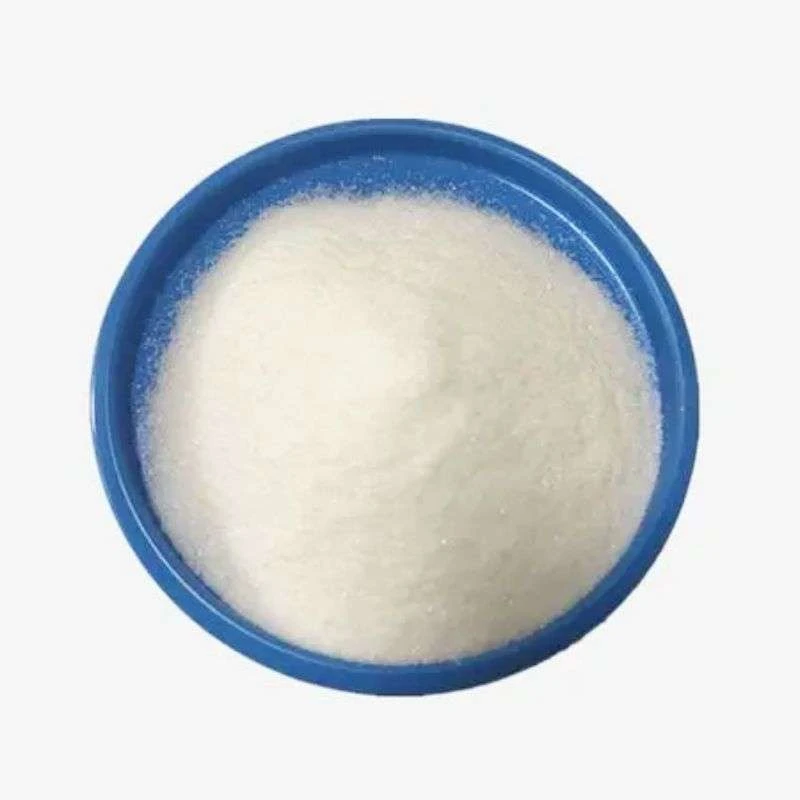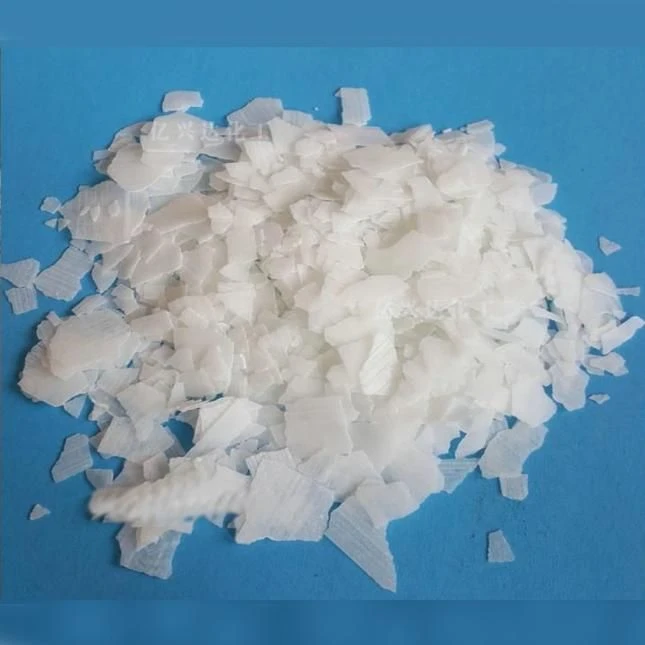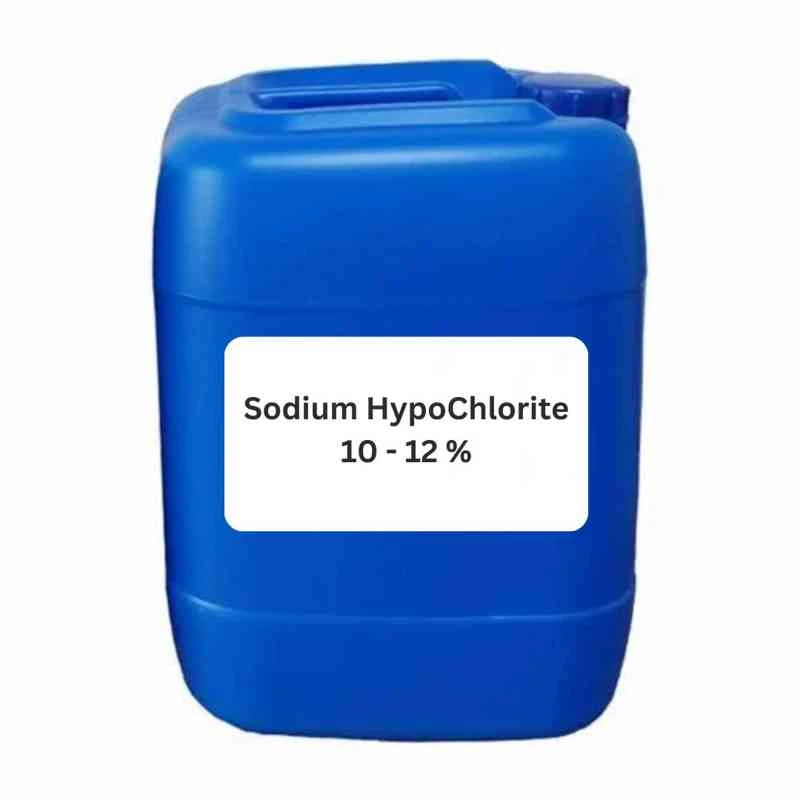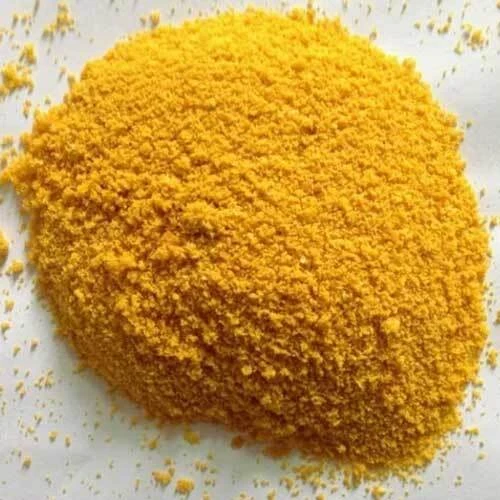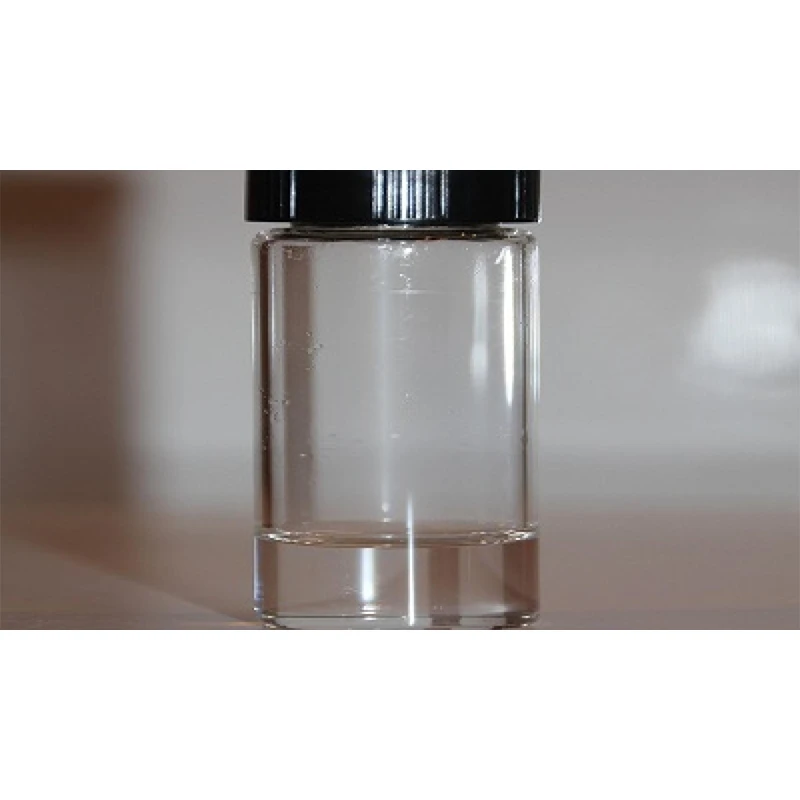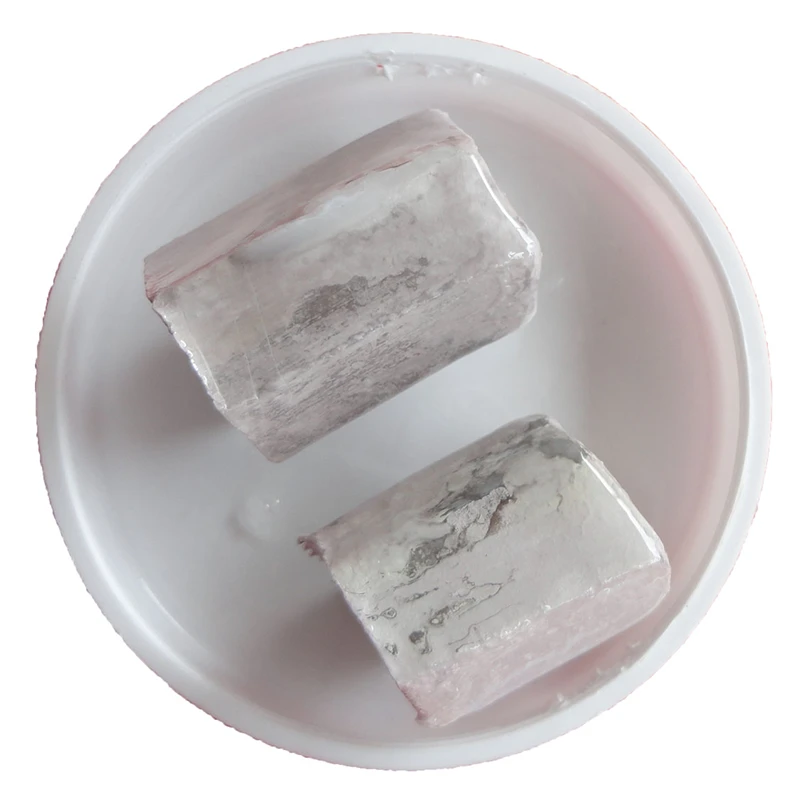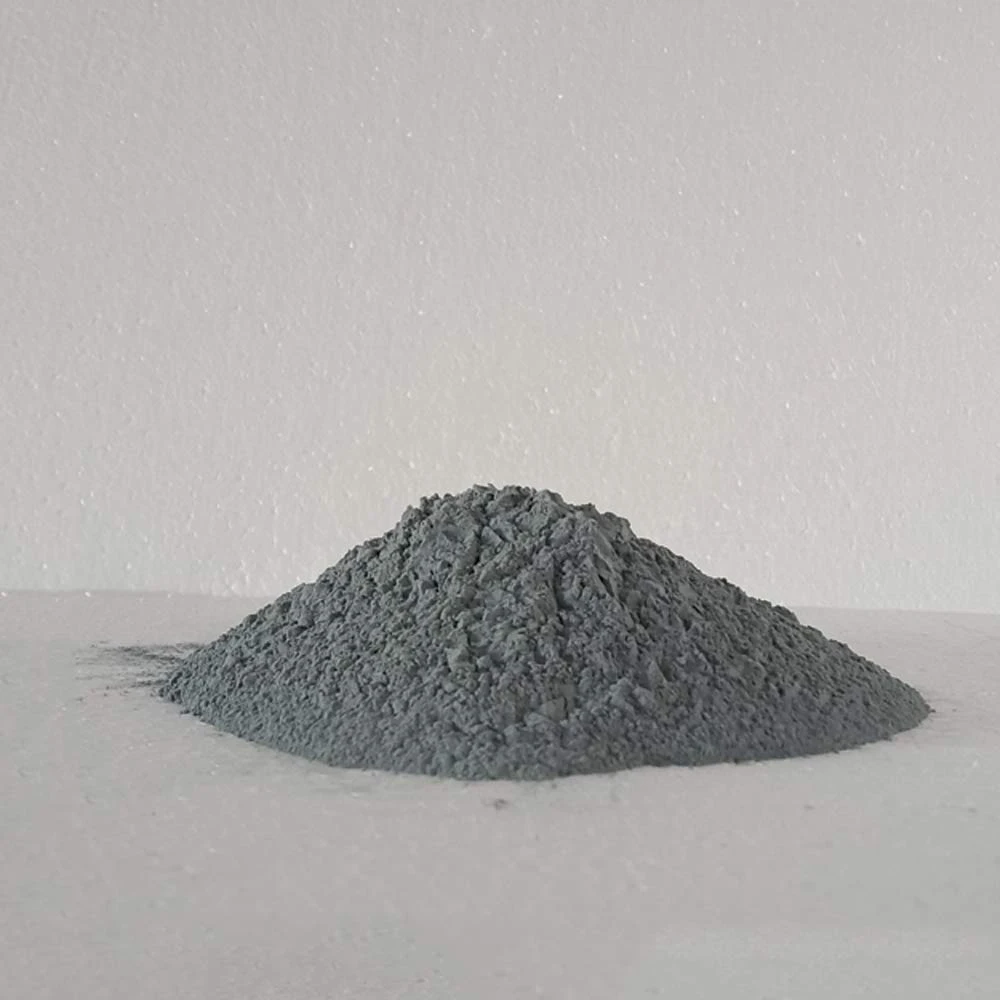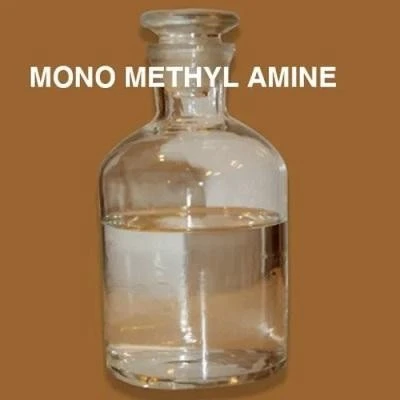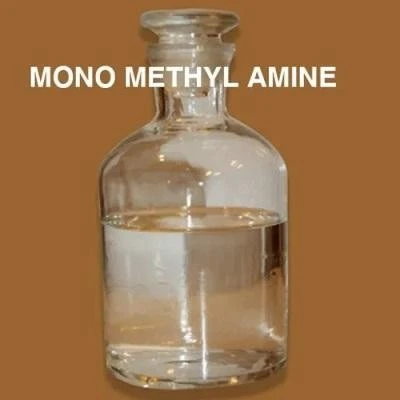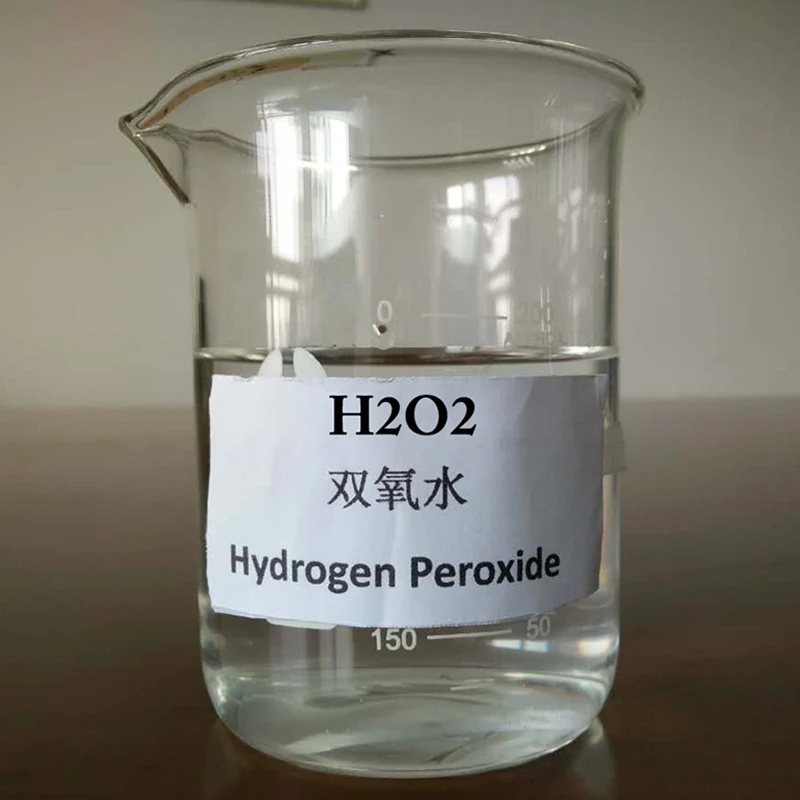


Chlorpyrifos for Sale: Powerful Insecticide & Pesticide
Understanding Chlorpyrifos: A Comprehensive Overview for B2B Procurement
As global agricultural demands intensify and public health challenges evolve, the need for effective pest control solutions remains paramount. Among the diverse array of active ingredients available, chlorpyrifos for sale stands out as a broad-spectrum organophosphate insecticide and acaricide, recognized for its efficacy against a wide range of agricultural and non-agricultural pests. Its utility spans from protecting essential food crops like corn, soybeans, and fruit trees, to controlling vector-borne diseases in public health programs, and safeguarding timber and structural integrity from termites. This powerful compound acts primarily through contact, ingestion, and vapor action, targeting the nervous system of insects by inhibiting acetylcholinesterase, an enzyme critical for nerve signal transmission. The global market for such crop protection chemicals is influenced by various factors, including regulatory landscapes, pest resistance development, and the continuous pursuit of sustainable agricultural practices. Manufacturers and distributors focusing on chlorpyrifos for sale are constantly innovating to provide formulations that enhance efficacy, improve safety profiles, and comply with international standards, ensuring that this vital tool remains accessible for responsible pest management. Our commitment to supplying high-grade chlorpyrifos formulations underscores a dedication to agricultural productivity and public welfare, leveraging advanced chemical synthesis and stringent quality control protocols to deliver products that meet the rigorous demands of the global market.
The Meticulous Manufacturing Process of High-Grade Chlorpyrifos
The production of high-purity chlorpyrifos involves a sophisticated multi-stage chemical synthesis process, ensuring the final product meets stringent industry specifications for agricultural and public health applications. The core manufacturing process for chlorpyrifos typically begins with the condensation reaction of 3,5,6-trichloro-2-pyridinol with O,O-diethyl phosphorothioate chloride in the presence of a suitable base and solvent. This complex organophosphorus synthesis demands precise temperature and pressure control to optimize yield and minimize impurities. Following the initial synthesis, the crude product undergoes a series of purification steps, including solvent extraction, washing, and distillation, to remove unreacted raw materials, by-products, and other contaminants. This purification is critical for achieving the high purity levels required for effective and safe pesticide formulations. After achieving the desired purity, the technical-grade chlorpyrifos is then formulated into various commercial products such as Emulsifiable Concentrates (EC), Wettable Powders (WP), or Granules (GR), depending on the intended application and market demand. This formulation stage involves blending the active ingredient with specific inert carriers, emulsifiers, dispersants, and other additives to ensure stability, ease of application, and optimized biological activity. Each batch of chlorpyrifos for sale undergoes rigorous quality control inspections at every stage, from raw material verification to final product testing. These tests encompass active ingredient concentration, impurity profiles, physical stability, pH, specific gravity, and suspensibility/emulsifiability, all conforming to international standards such as FAO/WHO specifications and ISO certifications. This meticulous process guarantees that our chlorpyrifos offers consistent performance, extended shelf life, and superior efficacy in diverse environmental conditions, making it a reliable choice for bulk procurement in critical sectors like agriculture, forestry, and vector control.
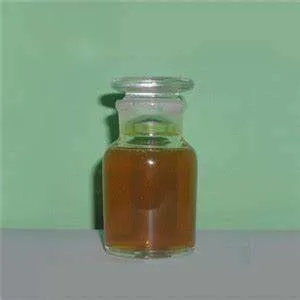
Figure 1: Industrial Synthesis and Purification Flow for Chlorpyrifos.
Technical Specifications and Performance Parameters of Chlorpyrifos
Understanding the detailed technical specifications of chlorpyrifos is crucial for B2B buyers to ensure optimal application and compliance with regulatory requirements. As a potent organophosphate insecticide, chlorpyrifos exhibits distinct chemical and physical properties that dictate its handling, storage, and field performance. Key parameters include its chemical formula (C9H11Cl3NO3PS), molecular weight (350.59 g/mol), and a melting point typically around 41.5-43.5°C, ensuring its stability under various storage conditions. Technical-grade chlorpyrifos for sale usually boasts a purity of 97% minimum, with specific impurity profiles meticulously controlled to meet international standards. The vapor pressure of chlorpyrifos is relatively low (2.5 mPa at 25°C), which contributes to its residual activity and reduced off-target drift during application. Its solubility in water is minimal (0.4 mg/L at 25°C), making it suitable for emulsifiable concentrate (EC) or granular formulations, which facilitate its dispersion and uptake in target environments. Formulations like 48% EC or 20% WP are common, designed for specific modes of application, whether through foliar sprays, soil drenching, or baiting. The efficacy of chlorpyrifos is derived from its ability to inhibit cholinesterase, leading to the accumulation of acetylcholine at nerve synapses, causing continuous nerve impulses, paralysis, and ultimately death in susceptible insects. Its broad-spectrum activity targets a wide array of chewing and sucking insects, including aphids, bollworms, cutworms, termites, and mosquitoes, across diverse agricultural and non-agricultural settings. Our technical specifications are rigorously tested in ISO/IEC 17025 accredited laboratories, providing detailed Certificates of Analysis (CoA) with every shipment, ensuring complete transparency and compliance for our global clientele. This commitment to precise technical parameters enhances the reliability and predictable performance of the chlorpyrifos pesticide we supply.
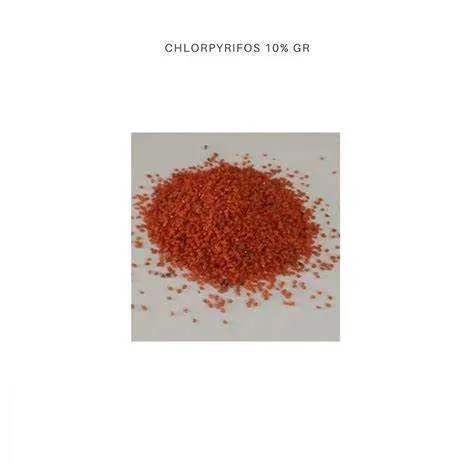
Figure 2: Quality Assurance and Laboratory Testing of Chlorpyrifos.
Key Product Parameters for Chlorpyrifos
| Parameter | Specification (Technical Grade 97% TC) | Typical Commercial Formulations |
|---|---|---|
| Active Ingredient Purity | ≥ 97.0% w/w | N/A (applies to TC) |
| Appearance | White to off-white crystalline solid | Clear yellow to brownish liquid (EC), Fine powder (WP), Granules (GR) |
| Melting Point | 41.5 – 43.5 °C | N/A (applies to TC) |
| Vapor Pressure (25°C) | 2.5 × 10-3 Pa | N/A (applies to TC) |
| Solubility in Water (25°C) | 0.4 mg/L | Varies by formulation; dispersible in water for application |
| Flash Point | Non-flammable (for TC) | Varies by solvent used in formulation (e.g., EC may be flammable) |
| Specific Gravity (20°C) | 1.39 g/mL | Varies by formulation (e.g., 1.05-1.15 g/mL for EC) |
| Stability | Stable under normal storage conditions; sensitive to strong alkalis and high temperatures | Typically 2 years under proper storage |
Diverse Application Scenarios and Proven Advantages
The versatility of chlorpyrifos for sale makes it an indispensable tool across a multitude of industries and specific application scenarios. In agriculture, it serves as a cornerstone for integrated pest management (IPM) programs, effectively controlling a broad spectrum of pests in field crops such as corn, soybeans, cotton, and various cereals. For fruit and vegetable cultivation, including citrus, apples, pears, peaches, and potatoes, chlorpyrifos provides robust protection against common damaging insects like aphids, mites, leafminers, and borers, significantly reducing crop loss and enhancing yield quality. Its soil application capabilities are particularly advantageous for controlling subterranean pests like rootworms and wireworms, which pose significant threats to seedling development and root integrity. Beyond traditional farming, the application of chlorpyrifos extends to public health, where it plays a critical role in vector control programs against mosquitoes (Anopheles, Aedes, Culex), flies, and cockroaches, thereby helping to curb the spread of diseases such as malaria, dengue, and Zika. In structural pest control, the residual activity of chlorpyrifos insecticide makes it highly effective for pre- and post-construction termite treatments, protecting valuable infrastructure and timber from destructive infestations. The technical advantages of using chlorpyrifos include its powerful contact and stomach action, coupled with significant fumigant activity, providing multi-modal control. Its relative persistence in the soil and on plant surfaces ensures extended protection periods, reducing the frequency of applications and associated labor costs. Furthermore, its compatibility with various formulation types allows for flexible application methods, from conventional spraying to granular spreading, accommodating different agricultural practices and pest management strategies globally. These advantages translate into economic benefits for large-scale agricultural operations and public health initiatives seeking reliable and cost-effective pest control solutions.
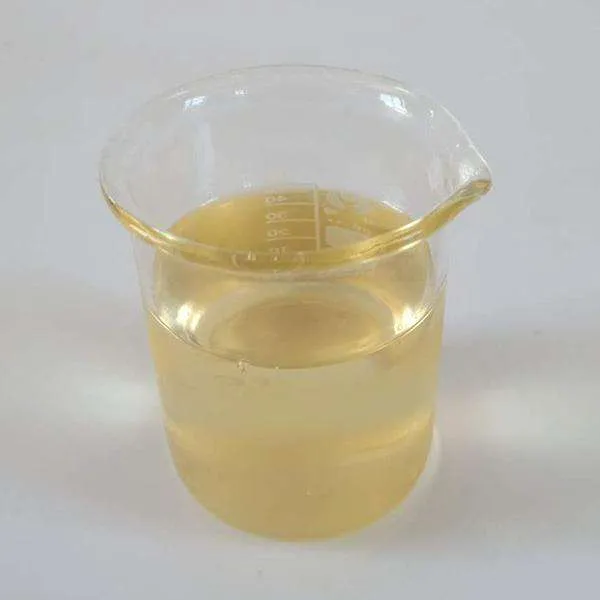
Figure 3: Chlorpyrifos in Agricultural Pest Management.
Choosing Your Supplier: Manufacturers, Custom Solutions, and Case Studies
Selecting the right supplier for bulk chlorpyrifos for sale is a strategic decision that directly impacts product quality, supply chain reliability, and ultimately, operational success. Reputable chlorpyrifos manufacturers distinguish themselves through robust R&D capabilities, adherence to international quality standards such as ISO 9001:2015 for quality management and ISO 14001:2015 for environmental management, and comprehensive product registration portfolios in key global markets. When evaluating potential partners, consider their track record in consistent product purity, their ability to provide diverse formulations (e.g., 480g/L EC, 20% WP, 5% GR), and their technical support infrastructure, including toxicological data and safe handling guidelines. Our company prides itself on offering not just standard chlorpyrifos products but also custom solutions tailored to specific client needs. This includes developing bespoke formulations with unique inert ingredients, adjusting active ingredient concentrations, or even co-formulating with other pesticides to address specific regional pest challenges or resistance issues. For example, a recent case study involved a large agricultural cooperative in Southeast Asia requiring a specialized chlorpyrifos pesticide formulation with enhanced rainfastness for their rice paddies. Through collaborative research and development, we successfully delivered a custom EC formulation that significantly improved retention on foliage even after heavy rainfall, leading to a 20% increase in efficacy and substantial savings for the client due to reduced reapplication frequency. Another case involved a public health agency in Africa seeking a long-lasting residual spray for malaria vector control; we provided a custom micro-encapsulated formulation that prolonged the release of the active ingredient, extending control for up to six months indoors. These examples highlight our commitment to providing not just a product, but a partnership, ensuring tailored solutions, timely delivery, and comprehensive post-sales support that builds trust and fosters long-term collaboration.
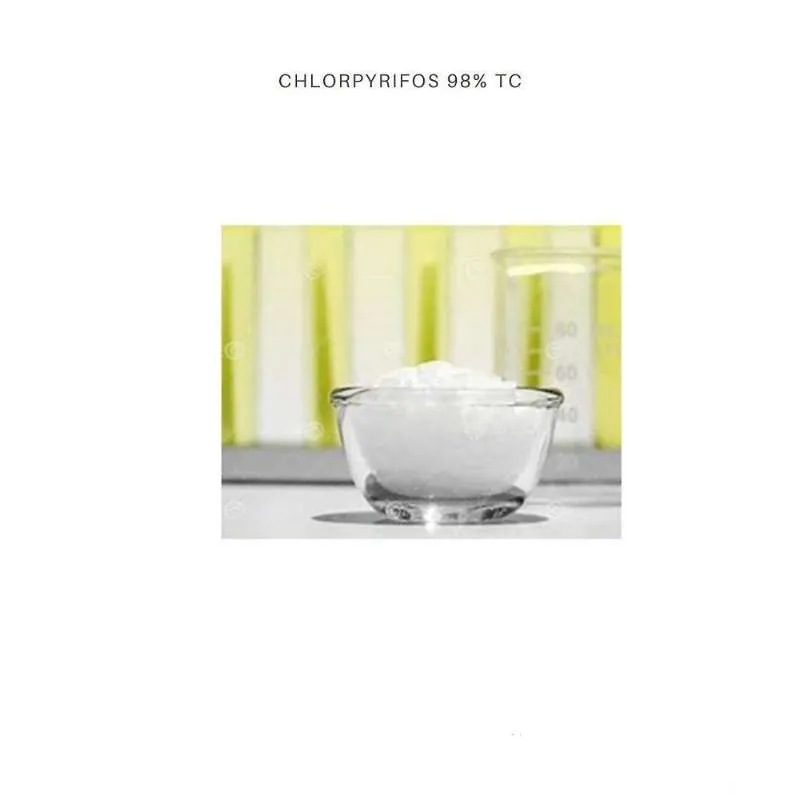
Figure 4: Tailored Chlorpyrifos Solutions for Specific Agricultural Needs.
Frequently Asked Questions (FAQs) about Chlorpyrifos Procurement
Understanding the intricacies of procuring bulk chlorpyrifos for sale can raise several questions for B2B buyers. We aim to provide clear, concise answers to common inquiries regarding our product, services, and operational processes. We frequently receive questions about minimum order quantities (MOQ) and packaging options. Our MOQ typically starts from 200 kg for technical grade and 200 L for liquid formulations, with flexible packaging ranging from 1 kg/L bottles to 200 kg/L drums, and ISO tanks for large volume orders, designed to meet diverse logistical requirements and ensure product integrity during transit. Another common query pertains to lead times and delivery schedules. Our standard production and delivery lead time is approximately 2-4 weeks, depending on order size, specific formulation requirements, and destination. We leverage an established global logistics network to ensure efficient and compliant delivery to ports worldwide, providing real-time tracking updates and necessary documentation for customs clearance. Regarding quality assurance and certifications, all our chlorpyrifos insecticide products come with comprehensive Certificates of Analysis (CoA) and Material Safety Data Sheets (MSDS), confirming compliance with international standards such as FAO/WHO specifications and national regulatory body requirements. Our facilities are ISO 9001 certified, reflecting our commitment to rigorous quality management throughout the entire production cycle, ensuring that every batch of chlorpyrifos meets the highest purity and efficacy benchmarks. Furthermore, clients often inquire about after-sales support and warranty. We provide a 12-month warranty period for product integrity and stability under proper storage conditions, coupled with dedicated technical support for application guidance, troubleshooting, and regulatory compliance assistance. Our expert team is available to assist with any challenges encountered, ensuring a seamless experience from order placement to product application, reinforcing the trustworthiness of our supply chain and commitment to customer success.
- What are the typical packaging options available for bulk orders of Chlorpyrifos?
We offer flexible packaging solutions including 1L/5L/10L/20L bottles, 200L drums, and 1000L IBC tanks for liquid formulations, and 1kg/5kg bags, 25kg fiber drums, or super sacks for solid formulations, tailored to client needs and shipping regulations. - Can you provide regulatory documentation and registration support for specific countries?
Yes, we provide comprehensive technical data packages, including efficacy data, toxicology reports, and physical-chemical properties, to support your national registration processes. Our regulatory team can assist in navigating country-specific requirements. - What is the shelf life of your Chlorpyrifos products?
Our technical grade chlorpyrifos typically has a shelf life of 2 years when stored in original unopened container111s under cool, dry conditions. Specific formulations may vary, and detailed information is provided on product labels and technical data sheets. - Do you offer samples for testing before a bulk purchase?
Yes, samples of our technical grade and various formulations can be provided for preliminary evaluation and testing, subject to prior arrangement and shipping logistics.
References
- World Health Organization. "The WHO recommended classification of pesticides by hazard and guidelines to classification 2019." Geneva, Switzerland: World Health Organization.
- Food and Agriculture Organization of the United Nations. "Pesticide Specifications: Chlorpyrifos." Rome, Italy: Food and Agriculture Organization.
- International Organization for Standardization. "ISO 9001: Quality management systems – Requirements." Geneva, Switzerland: International Organization for Standardization.
- United States Environmental Protection Agency. "Reregistration Eligibility Decision (RED) for Chlorpyrifos." Washington, D.C.: United States Environmental Protection Agency.
-
Zinc Chloride: Anhydrous, Liquid Forms ExploredNewsAug.25,2025
-
Sodium Chlorate: A multifunctional chemical product with chlorine dioxide preparation as its coreNewsAug.15,2025
-
Potassium Permanganate: An Efficient Oxidant in Laboratories and IndustriesNewsAug.15,2025
-
Imidacloprid Insecticide: A Model of Highly Effective Systemic InsecticidesNewsAug.15,2025
-
Imidacloprid Insecticida: A Highly Effective Insecticide Targeting the Insect Nervous SystemNewsAug.15,2025
-
Dmso Dimethyl Sulfoside: A Multi functional Assistant in Chemical SynthesisNewsAug.15,2025
-
3 5 Dichlorobenzoyl Chloride: a key intermediate in drug synthesisNewsAug.15,2025
